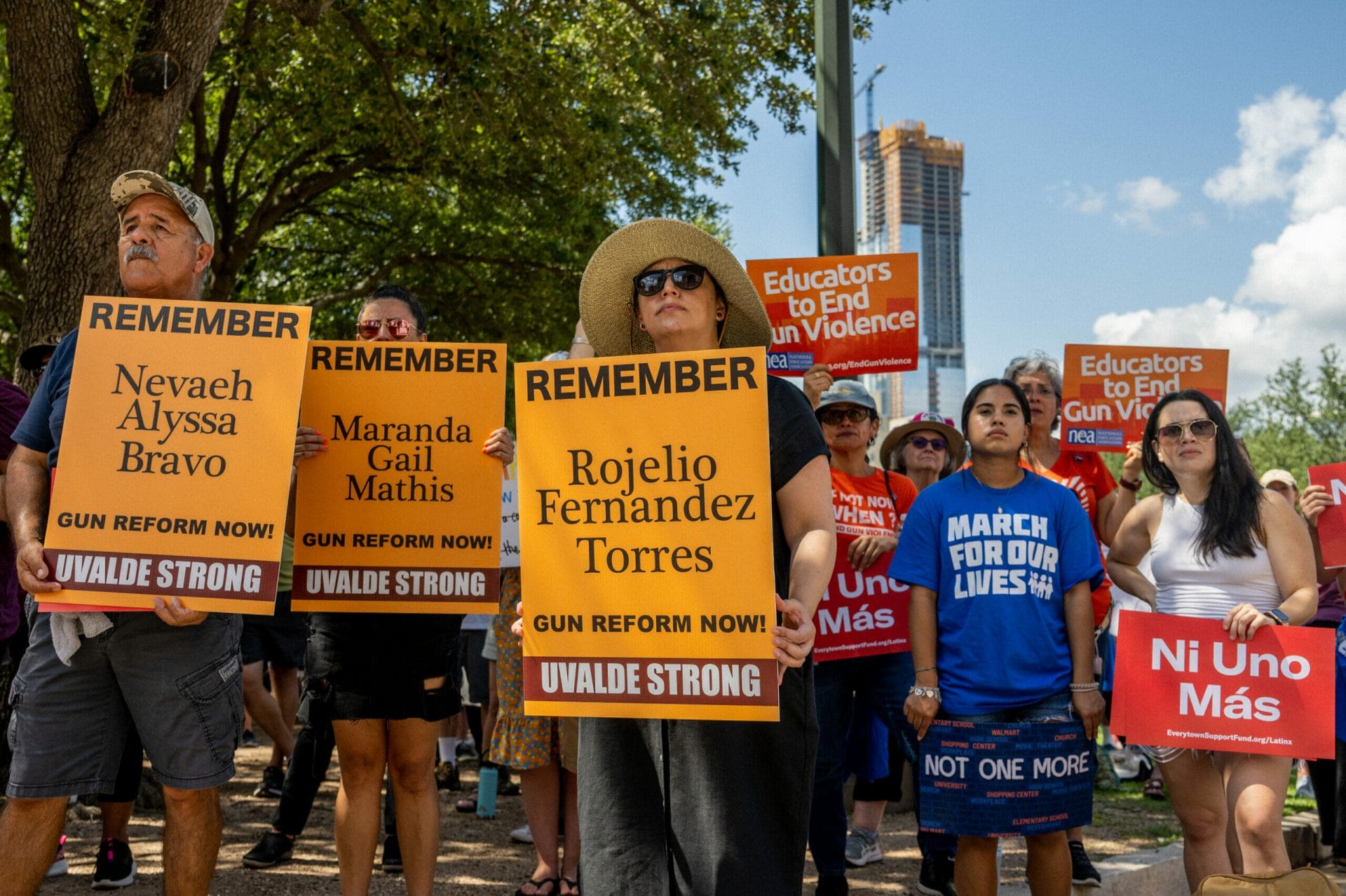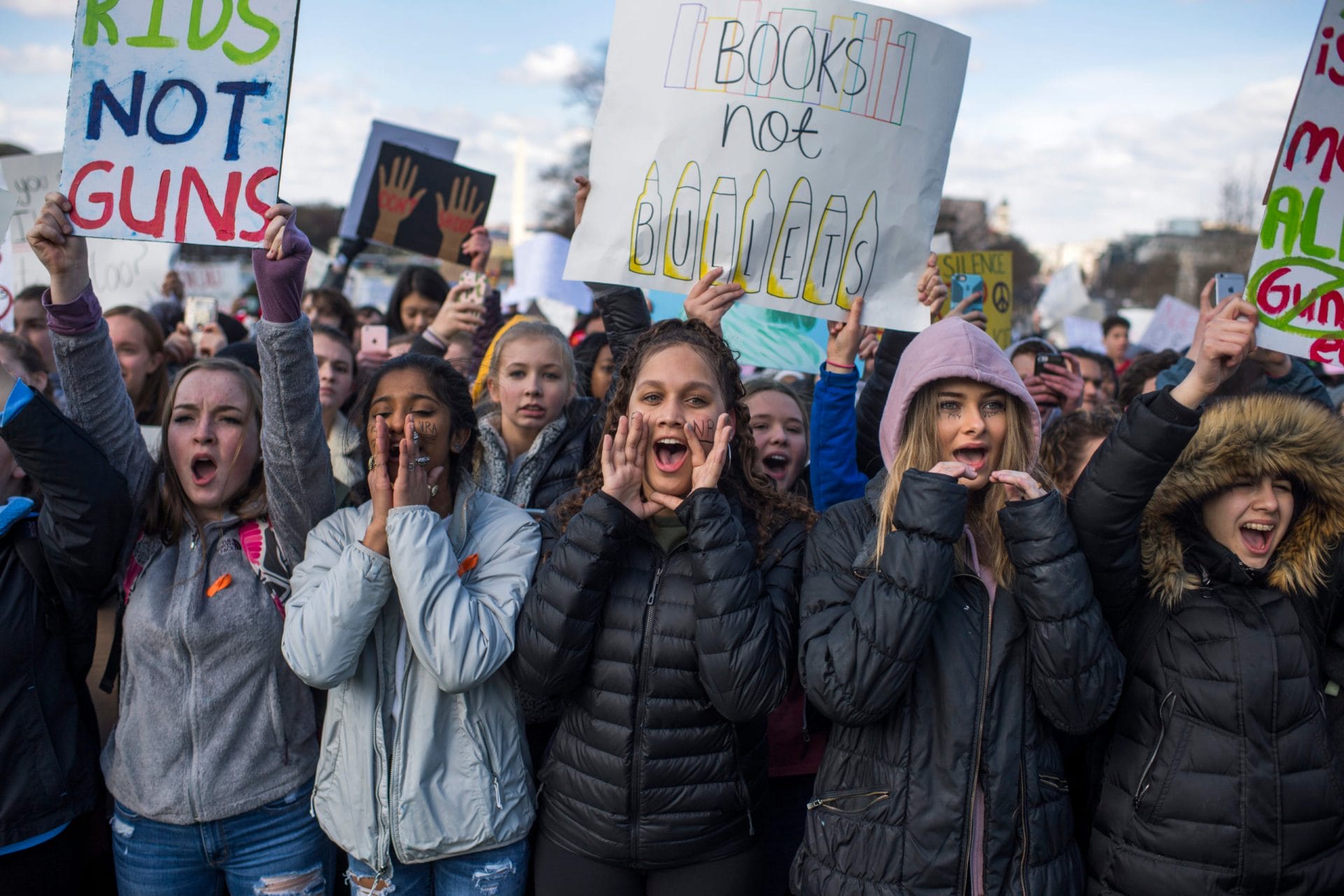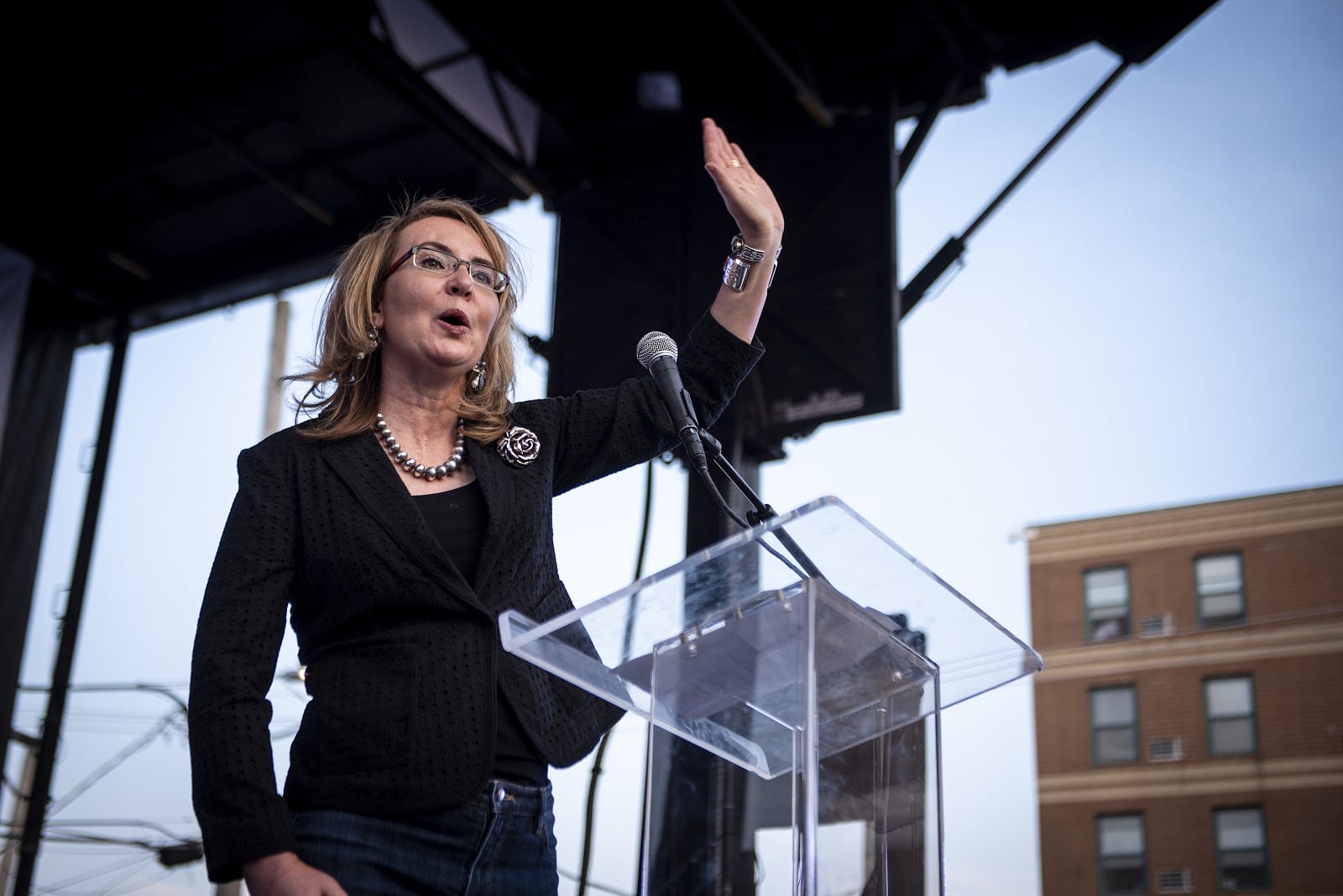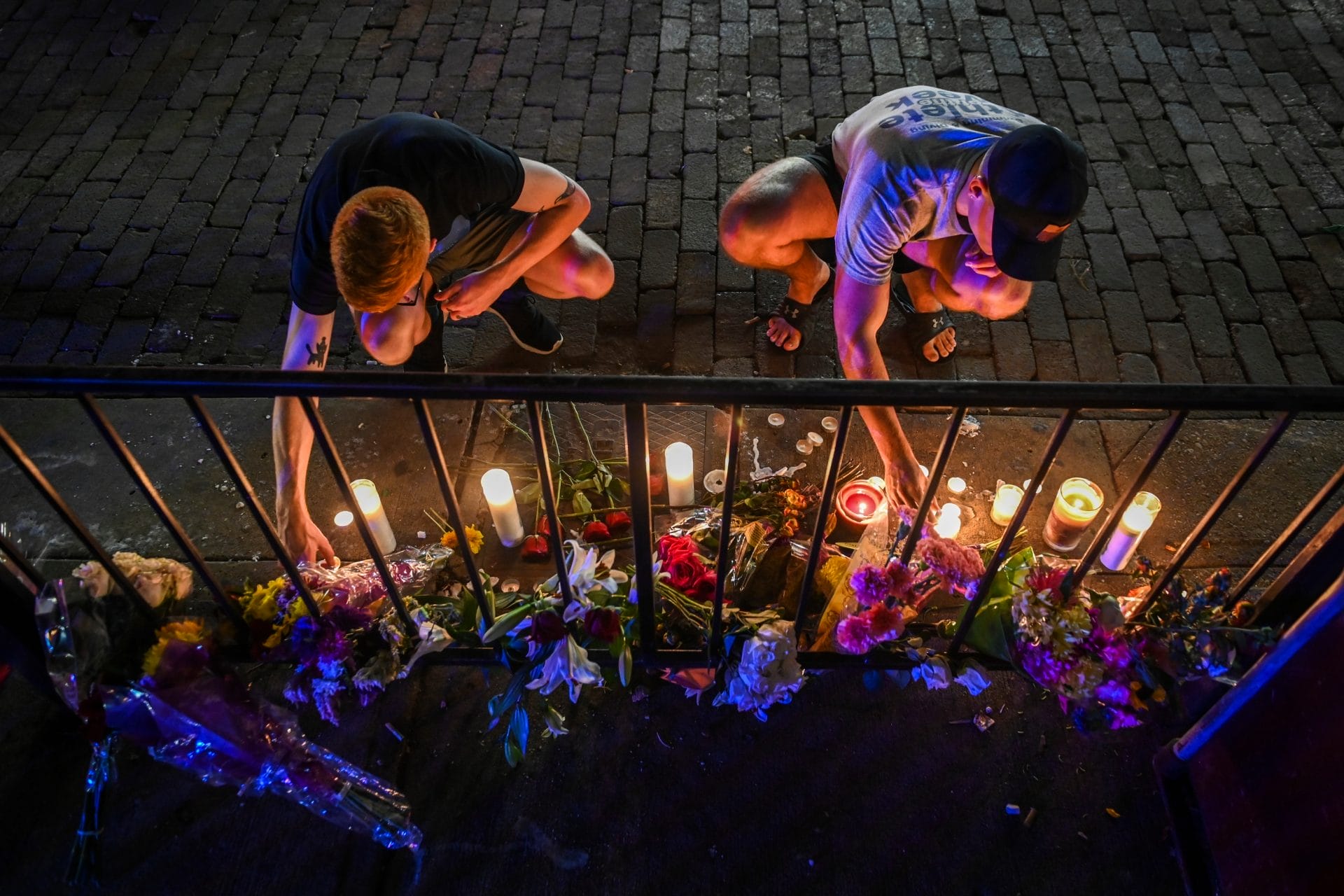
Gen Z is known as the lockdown generation, and it’s only getting worse for children coming of age today.
Over the past decade, taking shelter under desks has become a common occurrence for kids and teens in this country. The drills themselves cause trauma and stress among students, to say nothing of the impact that the threat of shootings and actual shootings have on young people.
After the shooting at Santa Fe High School in Texas in 2018, one teen told the media, “It’s been happening everywhere. I’ve always kind of felt like eventually it was going to happen here, too.”
TAKE ACTION
The gun safety movement is on the march: Americans from different background are united in standing up for safer schools and communities. Join us to make your voice heard and power our next wave of victories.
GET INVOLVED
Gun violence in our schools has become an all-too-familiar tragedy, causing irreparable damage to our children and communities. From 2018 to 2022, there were more than 900 incidents where a gun was brandished or fired at K–12 schools, with a record high number of such incidents in 2022.
The alarming and increasing frequency of these events shatters our collective sense of safety. In fact, nearly 60% of students are worried a shooting could happen at their school, and studies suggest that these worries alone are associated with increased risk of anxiety and panic disorders.
School shootings not only cause immediate trauma, fear, and grief, but also leave enduring psychological and emotional scars on survivors, families, and communities. Studies show that children who survive school shootings are more likely to experience symptoms of depression, to have lower test scores, and to miss school. One study even found that students exposed to school shootings lost $115,000 in income over the course of their professional careers due to the shootings’ impacts on their academic experience.
We shouldn’t have to live in a country where preschoolers are taught to crouch under desks during active shooter drills, where parents suffer through the fear and heartbreak of receiving goodbye texts from their teenagers, and where educators have to worry about putting their lives on the line to protect their students. We can prevent school shootings and make our country a safer place for children to grow up.
There are a number of evidence-based steps we can take to ensure the safety of our schools and protect children from violence:
- Child access prevention laws help ensure responsible firearm storage by holding adults accountable when kids gain access to their guns. A disproportionate number of school shooters are current or former students who overwhelmingly obtain guns from the home.
- Raising the minimum age for civilians to purchase a firearm would help prevent young people from owning guns until their brains are more fully developed. Research suggests that young people under age 21 commit a disproportionate share of school shootings.
- Extreme risk laws provide a legal process for law enforcement and key community members to act when people display warning signs of violence. One study found that these laws were used to intervene in 626 cases where mass shootings had been threatened across just six states; 21% of these threats targeted K–12 schools.
Importantly, these policies are backed by data, and they help us intervene before violence occurs. The gun lobby argues that the only way to prevent violence in our schools is to arm teachers and staff members.
However, a robust body of public health research strongly suggests that armed teachers would not effectively deter violence. On the contrary, these policies would likely increase, rather than decrease, students’ exposure to gun violence and access to firearms in schools.
GET THE FACTS
Gun violence is a complex problem, and while there’s no one-size-fits-all solution, we must act. Our reports bring you the latest cutting-edge research and analysis about strategies to end our country’s gun violence crisis at every level.
Learn More
Enacting these solutions will take all of us raising our voices and demanding change. Educators in particular can play an important role in the fight for gun safety. Teachers are on the front lines of our gun violence epidemic, and they see this crisis impact their students far too often, both inside and outside of schools.
Like so many Americans, educators have decided that enough is enough. Education organizations across the country are speaking out and demanding action to address gun violence, including:
- American Association of Colleges for Teacher Education
- The School Superintendents Association
- American Association of Universities
- American Federation of School Administrators
- American Federation of Teachers
- National Academy of Education
- National Association of School Psychologists
- National Association of Elementary School Principals
- National Association of Secondary School Principals
- National Education Association
- National Rural Education Association
- National PTA
ISSUES

MAKE A GIFT
We’re building a movement of Americans committed to gun safety. Democrats and Republicans, gun owners and non–gun owners alike—we stand united to reject the gun lobby and pass lifesaving gun safety laws.


